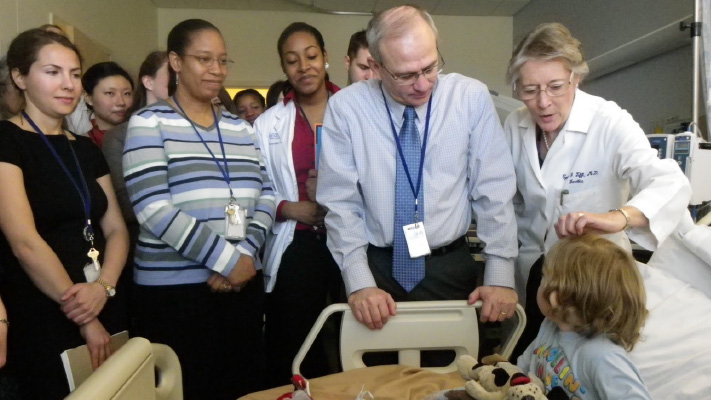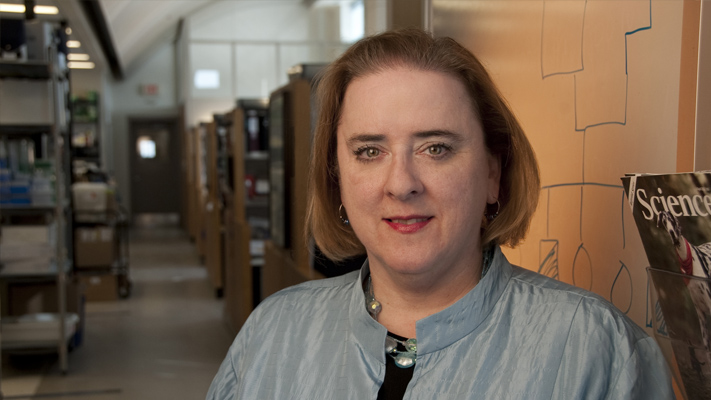NHGRI conducts evaluation of the Centers of Excellence in Genomic Science Program
I am excited about the upcoming appointments of two people into leadership positions of major significance to NHGRI. First, later this spring, the American Society of Human Genetics (ASHG) will be appointing Amanda Perl as its new Chief Executive Officer. Amanda will bring extensive experience in leading scientific societies, mostly recently at the American Thyroid Association, to her new role. With the numerous ongoing key collaborations between ASHG and NHGRI, I look forward to working closely with Amanda in the coming years. Second, later this month, Sean Mooney, Ph.D., will become the director of NIH’s Center for Information Technology (CIT). In this role, Sean will play a major part in helping to optimize NIH’s data ecosystem, something of critical importance for genomics. In addition, Sean’s own research group will be housed within NHGRI’s Intramural Research Program.
If you are interested in learning more about the goings-on of NHGRI’s Extramural Research Program, I would suggest that you sign up for our extramural listserv. In doing so, you will receive monthly emails about funding opportunities and other relevant announcements.
All the best,
![]()
Genomics Research Spotlight
The evolution of human altriciality and brain development in comparative context
Gómez-Robles et al.
Nat Ecol Evol. 2024 Jan, PMID: 38049480
Compared to many other animals, which are able to take care of themselves from the moment of or shortly after birth, human newborns can be considered underdeveloped and therefore rely heavily on caregivers. This kind of underdevelopment and dependence is known as altriciality. Interestingly, primates, our closest relatives, do not show this trait to the same degree and are often considered precocial, meaning they can perform tasks such as movement or feeding themselves shortly after birth. In this article, researchers explored the evolution of altriciality in humans. The researchers confirm that humans are born with relatively smaller brains compared to primates but then have increased brain plasticity and longer development times after birth. Previously, it has been assumed that developmental processes that happened before birth in our ancestors have shifted to the postnatal period in humans. However, comparative analyses show that only a few important events in brain development have crossed from the prenatal to the postnatal period. These developmental events largely involve strengthening the connectivity of particular pathways in the brain. The researchers propose that either these few events have a large impact or the extended duration of neural plasticity in human development is key for how humans differ from other animals.
This research was funded in part by the NIH with a grant to Chester Sherwood, who is a professor at the George Washington University; that grant is part of the NIH Research Project Grant (PA-20-185).
About The Genomics Landscape
A monthly update from the NHGRI Director on activities and accomplishments from the institute and the field of genomics.
Last updated: May 13, 2024




